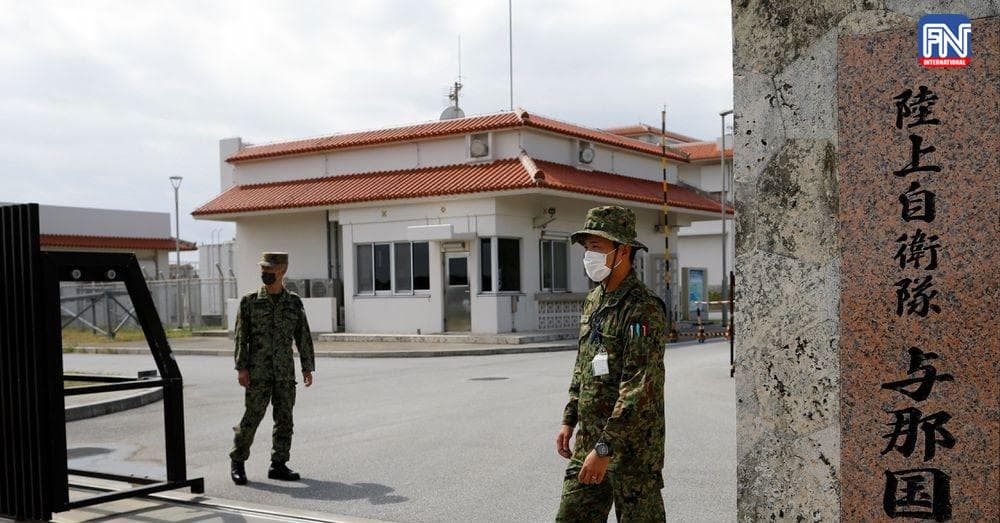Monsoon Flooding Displaces Over 11,000 Across Seven Malaysian States
Torrential monsoon rains have forced more than 11,000 people from their homes across seven Malaysian states, straining relief centres and blocking key roads. The unfolding crisis matters for local communities and the wider region as authorities race to shelter the displaced while forecasting continued heavy rain through the seasonal monsoon period.

Torrential rains linked to the seasonal monsoon have displaced 11,009 people from 3,839 families across seven Malaysian states as of the morning of Nov. 24, 2025, the Malaysian National Disaster Management Agency said. Kelantan on the northeast coast is the hardest hit, with more than 8,200 people affected and dozens of temporary relief centres opened to accommodate those who fled rising waters.
Initial reports indicate there are no immediate fatalities, but authorities remain on alert as landslides and road closures have stranded additional residents in parts of Perlis. State authorities and the state news agency Bernama have provided on the ground updates as rescue teams prioritize moving people to safety, particularly in low lying villages and coastal communities vulnerable to river overflow.
The national disaster agency is coordinating rescue and shelter operations and is warning that heavy rain is likely to persist through the monsoon period. Emergency services are deploying boats and monitoring river gauges while shelter operators work to provide basic necessities and manage growing demand at relief centres. Officials are also contending with damage to critical infrastructure, including blocked roads that impede relief convoys and isolate communities in interior areas.
The scale of displacement demonstrates the recurring human toll of Malaysia’s monsoon season, which routinely tests municipal and state preparedness. Relief centres are coping with surges in demand for bedding, clean water and medical care, and authorities must balance rapid response with the need to maintain safe, sanitary conditions that reduce the risk of disease outbreaks. Local administrations are signaling that logistical bottlenecks will be a key challenge in the coming days if the rain continues.
Beyond immediate humanitarian concerns, the floods carry wider economic and regional implications. Flooding in agricultural heartlands can disrupt harvests and local markets, while road closures and damage to secondary transport routes may ripple into supply chains for goods and services that link rural areas with urban centres. Neighbouring countries watch closely because extreme weather events in Southeast Asia can compound cross border migration pressures and strain regional disaster response mechanisms.
The current situation also underscores longer term policy debates about climate resilience. Scientists and planners say that warmer seas and altered monsoon patterns are increasing the frequency and intensity of extreme rainfall across the region, raising questions about infrastructure design, land use planning and investments in early warning systems. For communities along Malaysia’s east coast, the recurrent cycle of seasonal flooding highlights the need to integrate disaster risk reduction into development priorities.
Authorities have urged residents in affected and at risk areas to follow official advisories and to prepare for further movements to safer ground if necessary. The national disaster agency and state offices will continue to issue updates as teams carry out relief operations, assess damage and work to restore access for stranded communities.


